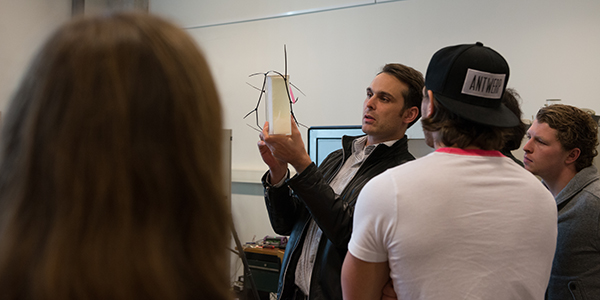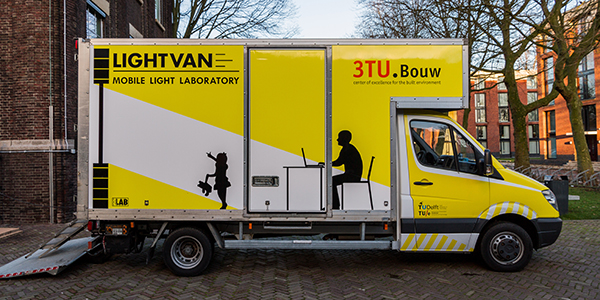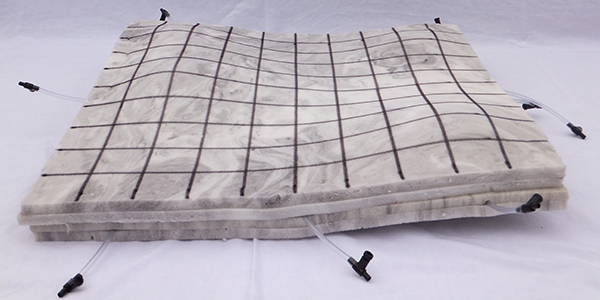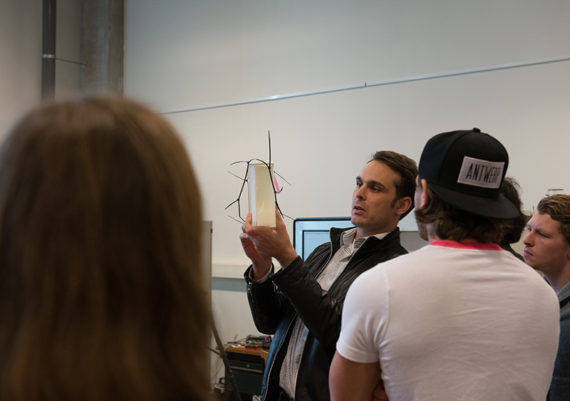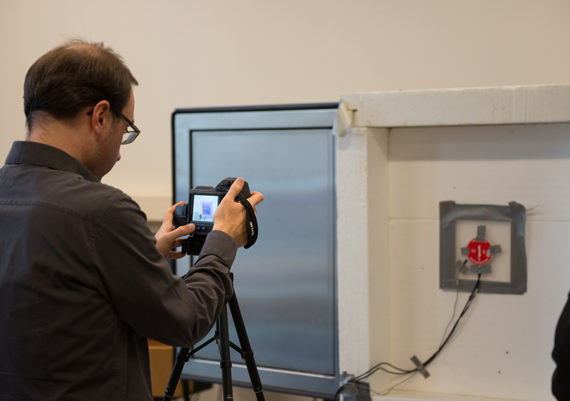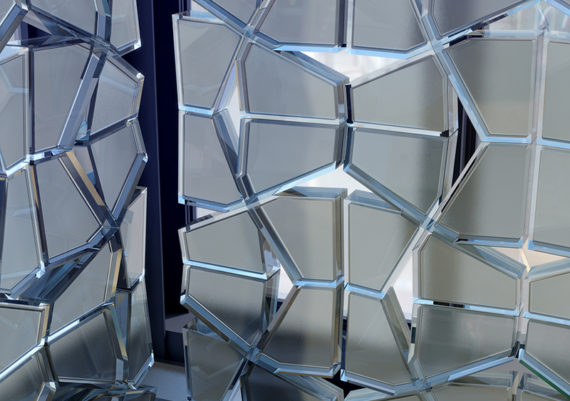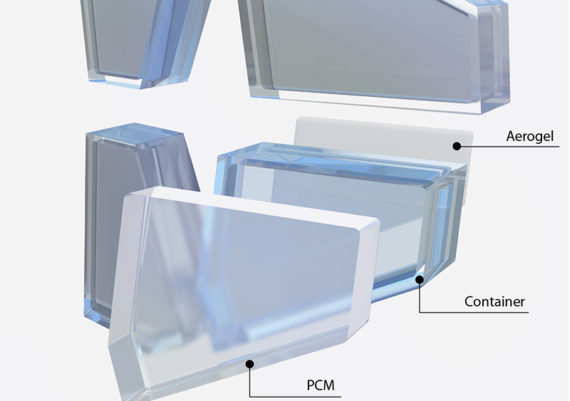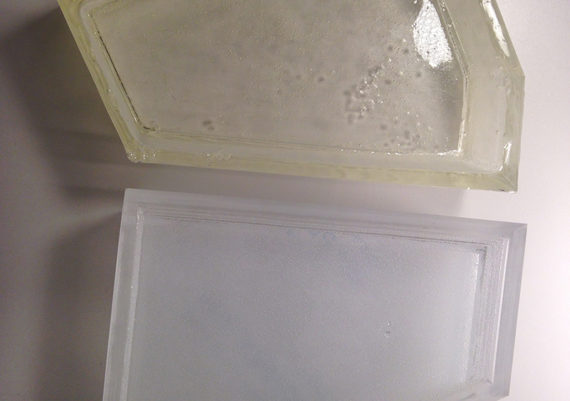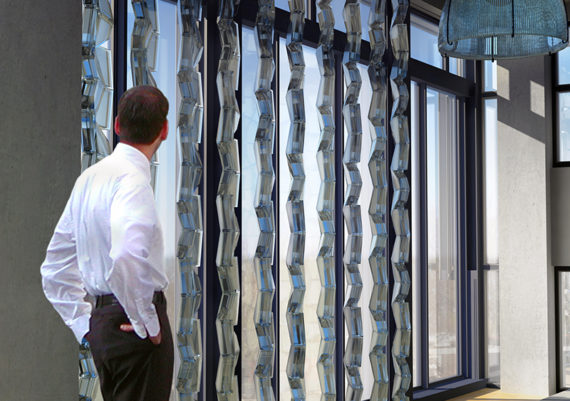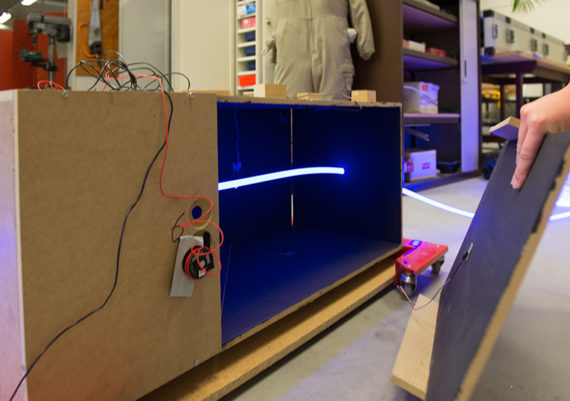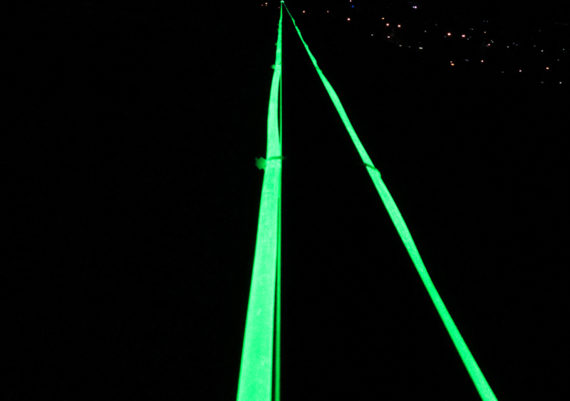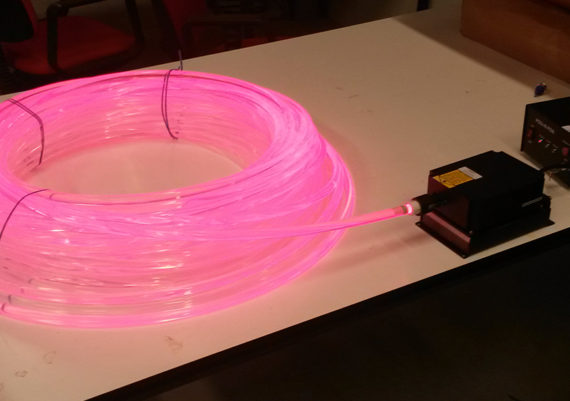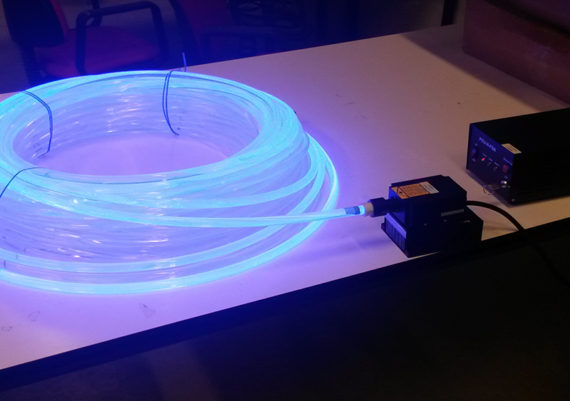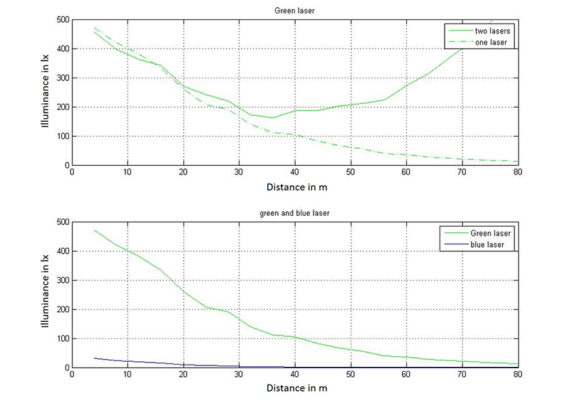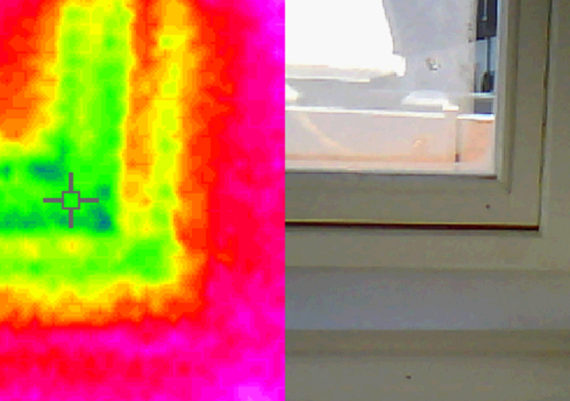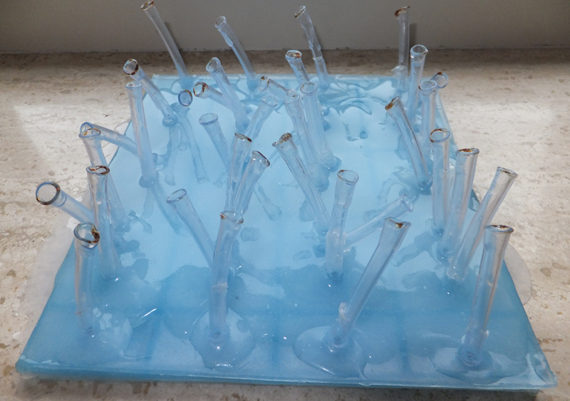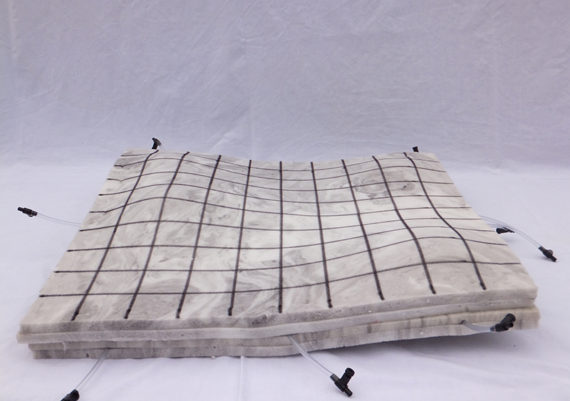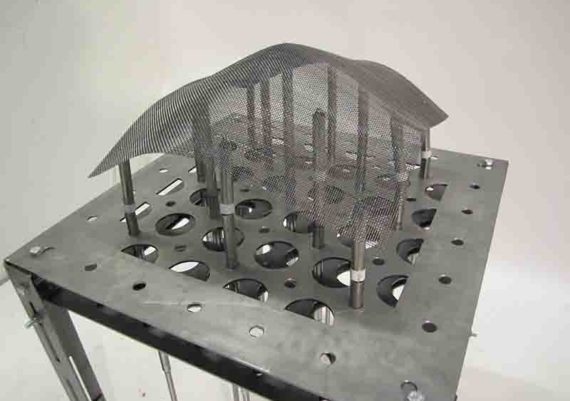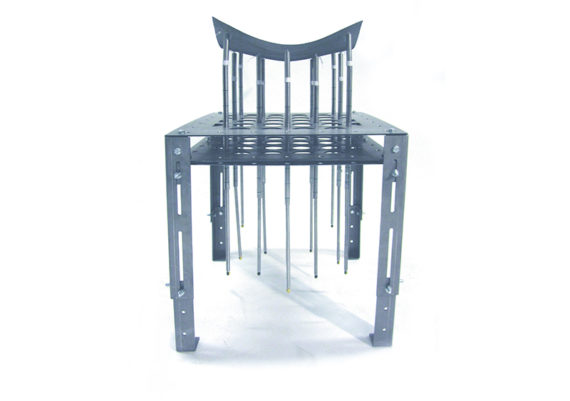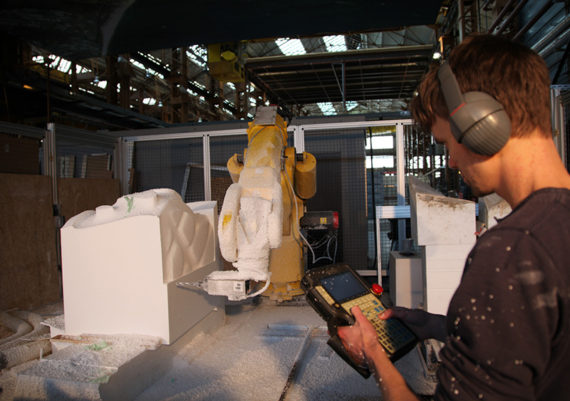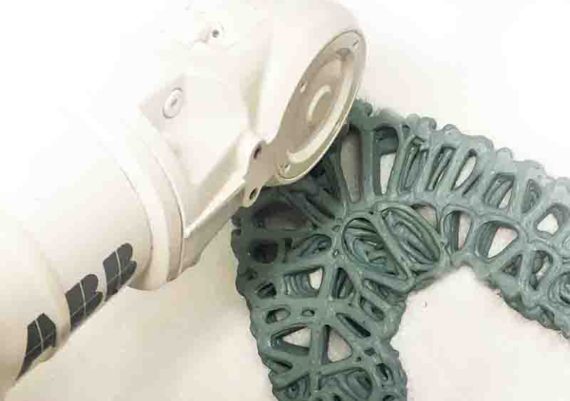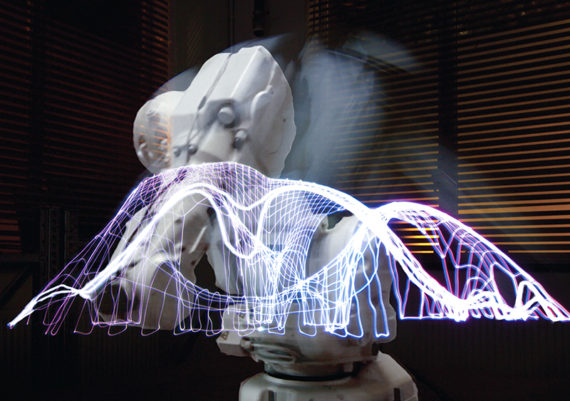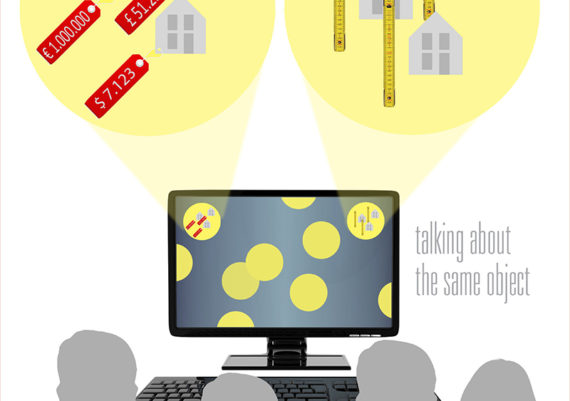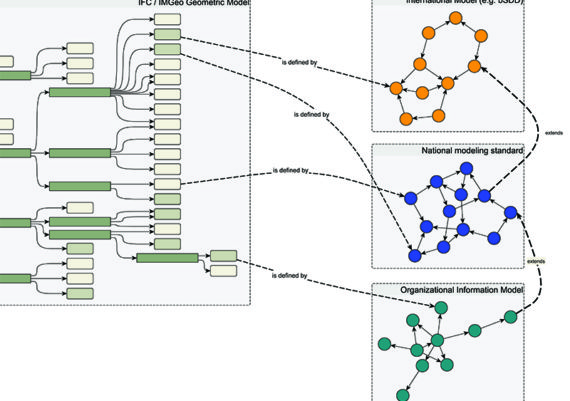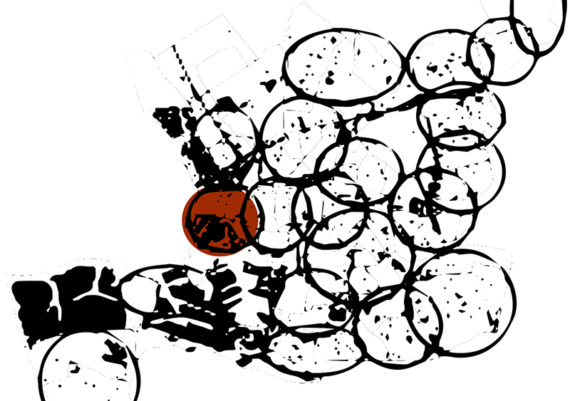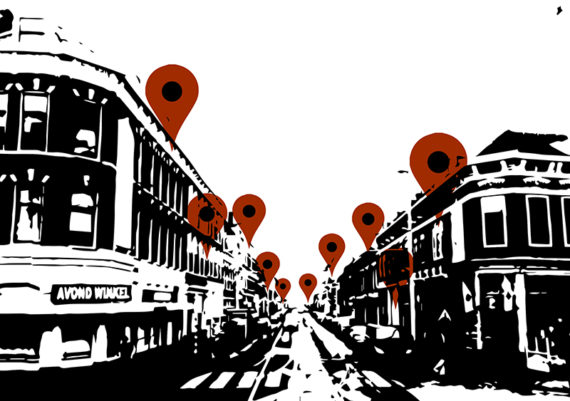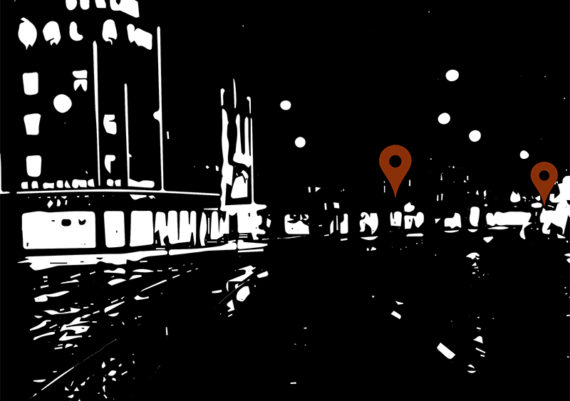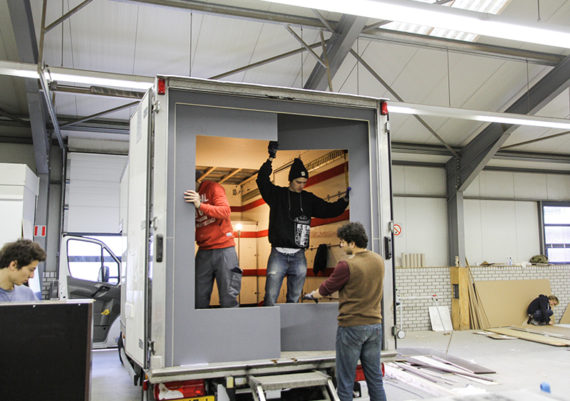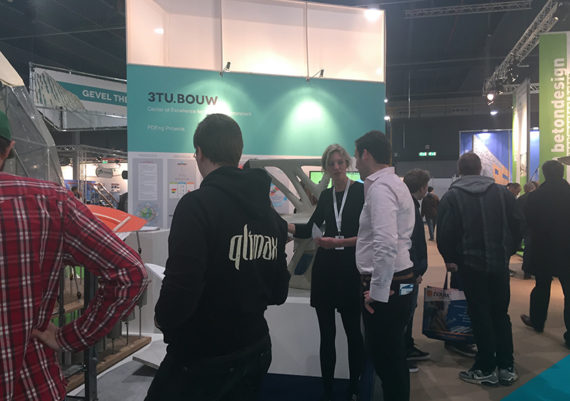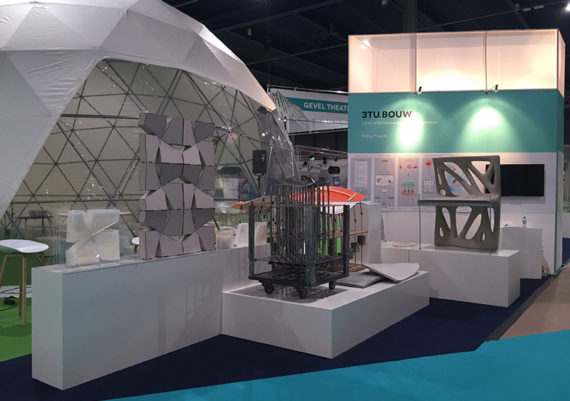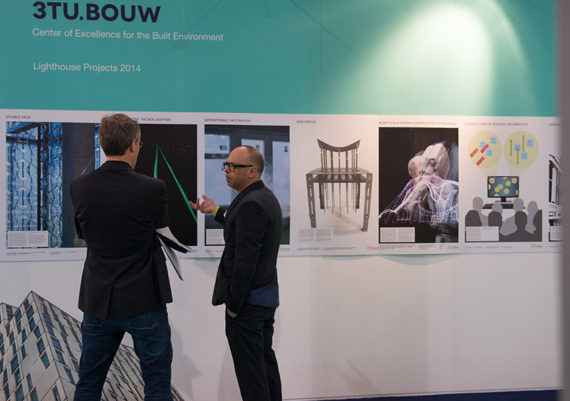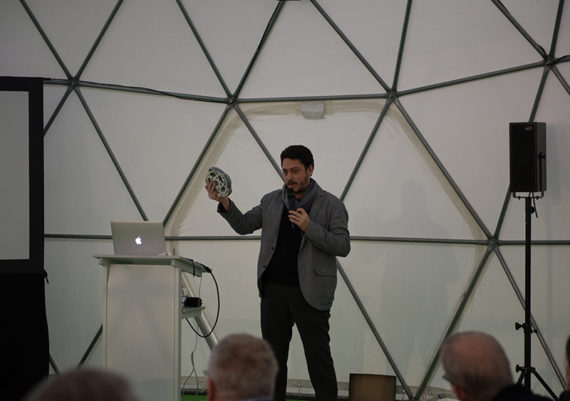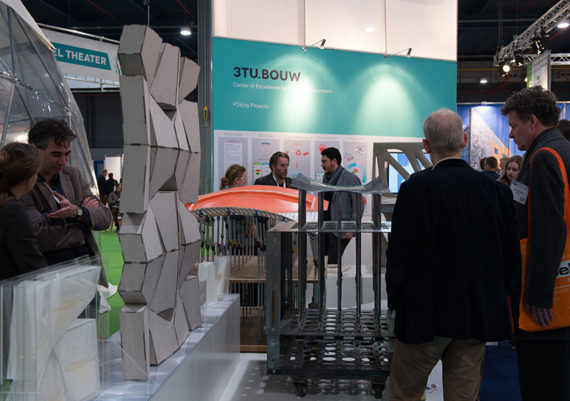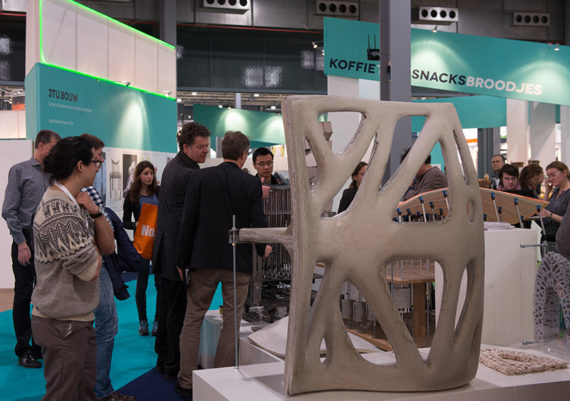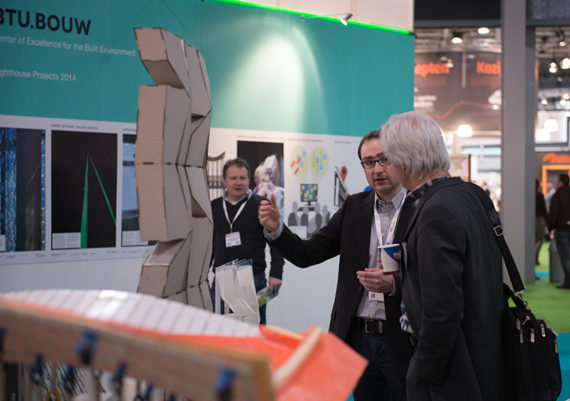lighthouse projects 2014
Bouw ‘Lighthouse Projects’ aims at promoting and starting up imaginative research projects that are related to the theme ‘Energy and the Built Environment’. The ‘imaginative’ nature of the research as well as the delivery of tangible results (e.g. prototypes, test environments, and so on) distinguishes Lighthouse Projects from other funding schemes.
2014 - 2015
concept, strategy, coordination, communication
Delft University of Technology
dr. Arch. Michela Turrin, dr. ir. Martin Tenpierik, ir. Paul de Ruiter, ir. Winfried Meijer, dr. ir. Willem van der Spoel, Carlos Alfredo Chang Lara
Eindhoven University of Technology
Dipl.-Ing. Florian Heinzelmann, prof. Dr.-Ing. Patrick Teuffel, ing. Wout van Bommel
Energy Efficient Facade Lighting
Eindhoven University of Technology
dr. Myriam Aries, prof. Dr.-Ing. habil. Alexander Rosemann, Wies Westerhout, Mitchel Hoos
Delft University of Technology
assoc. prof. dr. Truus Hordijk
Impenetrable Infiltration
University of Twente
dr. ir. Bram Entrop
Eindhoven University of Technology
prof. dr. ir. Jan Hensen, dr. ir. Marcel Loomans
Nieuwenhuis Groep
ing. Ron Brons
Selekthuis Bouwgroep
ing. Alex Veldhoff, ing. Jan Averring
Kine-Mould
Delft University of Technology
ir. Roel Schipper, MSc Peter Eigenraam, MSc Matteo Soru, dr. ir. Steffen Grünewald, Ivan Gavran, Mattias Michel
Eindhoven University of Technology
ir. Arno Pronk, Dick Erinkveld (SolidRocks), Hisham El Ghazi, Mitchell Janmaat, Tobi Lusing, Erwin van Rijbroek, Niek Schuijers, Martijn Verboord, Robin Versteeg
Robotically Driven Construction of Buildings
Delft University of Technology
Dr.-Ing. Henriette Bier, M.Arch. Sina Mostafavi, ir. Ana Anton, ir. Serban Bodea, Berend Raaphorst, Guus Mostart, Hans de Jonge, Jeroen van Lit, Jan Paclt, Kasper Siderius, Marco Galli, Michal Kornecki, Mohammad Jooshesh Oana Anghelache, Perry Low, Radoslaw Flis, Rob Moors, Rutger Roodt, Ruth Hoogenraad, Stef Hoeijmakers, Steph Kanters, Thijs IJperlaan, Prof. dr. Peter Rem, Somayeh Lotfi, Eleonora di Domenica
Eindhoven University of Technology
prof dr. ir. Theo Salet, Jordy Vos, Adrie van der Burgt, Bas van Wezel, Christiaan Voorend, Chiel Bekkers,Iris Rombouts, Luc Gerlings, Marieke de Vries, Marijn Bruurs, Rob Wolfs, Siert Saes, Tim Span, Wout Rouwhorst
Semantic Web of Building Information
University of Twente
dr. Timo Hartmann, prof. dr. ir. Arjen Adriaanse
Eindhoven University of Technology
dr. Dipl.-Ing Jakob Beetz, ir. Thomas Krijnen
Delft University of Technology
dr. ir. Alexander Koutamanis
Balast Nedam, Microsoft Netherlands
Sensing Hotterdam
Delft University of Technology
dr. ir. Frank van der Hoeven, ir. Alex Wandl
Eindhoven University of Technology
prof. dr. ir. Bert Blocken
City of Rotterdam
The LIGHTVAN
Delft University of Technology
assoc. prof. dr. Truus Hordijk, Dr.-Ing. Marcel Bilow
Eindhoven University of Technology
ir. Marielle Aarts, prof. Dr.-Ing. Alexander Rosemann
3TU.Bouw
Most of the more persistent man-made structural assets that surround us in everyday life as well as their reliable structural services are normally taken ‘as a law of nature’ by the general public. Compared to consumer products the service levels of structural assets are extremely high. Bridges with a structural failure rate comparable to that of normal office printers would be considered completely unacceptable, while a tunnel would never be built if they had a service life expectance comparable to the most long lasting functional products such as (certain) washing machines or Hi-Fi-systems. The same holds for all build structures, including houses, public and commercial buildings.
Meanwhile these structural assets together exceed in financial terms the balance of any global financial institution, or the yearly budget of e.g. the Dutch government many times. Thus, the importance and impact of the broad field of science and engineering related to the built environment - which includes architecture, architectural engineering, civil engineering, process management and policy - is not be underestimated, both economically and socially.
Notwithstanding the evident importance of the Built Environment sector, the public perception of this sector is not that positive, a trend that has been developing in the past few decades. The public perception of the sector often leans towards non-innovative, somewhat clumsy, disorganised and conservative.
It is often forgotten that inventions and innovations from any field of science and engineering are finally applied in the context of the built environment. Developments with respect to e.g. energy comfort, new building materials and systems are spectacular. For instance, no other innovation has increased life expectancy of people as much as the broad application of developments in sanitary engineering. It is even so, that the difference between developed and developing countries can be largely attributed to the quality of public sanitation systems. Apparently, the development of an adequate and efficient sanitation system requires the effective collaboration within the so-called ‘Golden Triangle’, i.e. stable and facilitating governments, trained people and innovation originating from educational and scientific institutions and energetic application by these innovations by the market.
Moreover, the environmental impact of the ‘building sector’ is huge, given the enormous usage of raw materials. Together with the energy sector, the building sector is at the forefront of addressing great societal challenges related to sustainability, scarcity and availability of raw materials as well as the transition towards a circular economic model, based on recycling and upcycling of waste materials and structures.
Another development is the need for true multidisciplinary and cross-disciplinary collaboration on these challenges. Almost every field of science and engineering has found its application in the built environment. Developments within quantum mechanics has led to diverse developments like energy efficient lighting (LED), precise positioning and cutting (laser technologies) and of course to the revolutionary introduction of ICT in the built environment. Developments in (micro-) biology has led to the aforementioned sanitation revolution, whereas new insights in the mathematics of planning and operations research allowed building processes at scales that would have never been possible before.
An effective and multidisciplinary approach faces grand challenges ahead, requiring dedication and collaboration. Therefore the three technical universities decided to collaborate – amongst others – as 3TU.Bouw Center of Excellence for the Built Environment. The 3TU.Bouw Center of Excellence consists of the Department of the Built Environment at Eindhoven University of Technology, the faculty of Engineering Technology at Twente University, and the faculties of Architecture and Civil Engineering and Geosciences at Delft University of Technology.
The overall goal of this 3TU initiative is to promote close collaboration between Dutch universities in order to increase competitiveness in international research and education, and to concentrate research and education efforts to improve efficiency and scientific excellence.
At present 3TU.Bouw concentrates on two major developments: innovation with respect to energy efficiency in the built environment, and providing dedicated professional education programmes to deliver young professionals that are able to bridge the gap between academia and the market.
The latter is achieved by the so-called PDEng–programme. Within 3TU.Bouw a dozen of these projects have been started in 2014 and a similar number will be initiated in 2015. Industrial partners are always welcome to propose PDEng projects that can be jointly pushed forward within the context of the 3TU.Bouw PDEng-programme.
The 3TU.Bouw focus on innovation with respect to energy efficiency in the built environment is achieved through a programme that is called the ‘3TU.Bouw Lighthouse Projects’ programme. 3TU.Bouw ‘Lighthouse Projects’ aims at promoting and starting up imaginative research projects that are related to the theme ‘Energy and the Built Environment’. The ‘imaginative’ nature of the research as well as the delivery of tangible results (e.g. prototypes, test environments, and so on) distinguishes Lighthouse Projects from other funding schemes.
The preliminary project ideas and results of a series of Lighthouse projects, started only in the second half of 2014, are presented in this publication together with the context of a few of the PDEngprojects started in the same year. It should be noted that success of 3TU.Bouw does not mean that (all) initial project goals are met: a good failure can be a huge success and may generate, in the long run, more impact than a successful project with a more limited scope.
The ‘Week van de Bouw’ is one of those opportunities where we can stand together; academics and industry, contractors and asset owners, students and experienced professionals. Let’s synergise, combine and cross-fertilize our expertise to solve future challenges, while being grateful and proud with everything achieved already by our colleagues of the past generations.
3TU.Bouw Lighthouse Projects 2014 - Double Face
2015 / English
Results from the 3TU.Bouw Lighthouse Project 'Double Face'
Michela Turrin, Martin Tenpierik, Florian Heinzelmann & Carlos Alfredo Chang Lara
conversations & film:
Siebe Bakker
editing:
Siebe Bakker & Anna Karina Janssen
3TU.Bouw Lighthouse Projects 2014 - Energy Efficient Facade Lighting
2015 / English
Results from the 3TU.Bouw Lighthouse Project 'Energy Efficient Facade Lighting'
Myriam Aries & Alexander Rosemann
conversations & film:
Siebe Bakker
editing:
Siebe Bakker & Anna Karina Janssen
3TU.Bouw Lighthouse Projects 2014 - Impenetrable Infiltration
2015 / English
Results from the 3TU.Bouw Lighthouse Project 'Impenetrable Infiltration'
Bram Entrop
conversations & film:
Siebe Bakker
editing:
Siebe Bakker & Anna Karina Janssen
3TU.Bouw Lighthouse Projects 2014 - Kine-Mould
2015 / English
Results from the 3TU.Bouw Lighthouse Project 'Kine-Mould'
Roel Schipper, Peter Eigenraam & Arno Pronk
conversations & film:
Siebe Bakker
editing:
Siebe Bakker & Anna Karina Janssen
3TU.Bouw Lighthouse Projects 2014 - Robotically Driven Construction of Buildings
2015 / English
Results from the 3TU.Bouw Lighthouse Project 'Robotically Driven Construction of Buildings'
Henriette Bier, Eleonora di Domenica, Marijn Bruurs, Marieke de Vries & Sina Mostafavi
conversations & film:
Siebe Bakker
editing:
Siebe Bakker & Anna Karina Janssen
3TU.Bouw Lighthouse Projects 2014 - Semantic Web of Building Information
2015 / English
Results from the 3TU.Bouw Lighthouse Project 'Semantic Web of Building Information'
Timo Hartmann & Jakob Beetz
conversations & film:
Siebe Bakker
editing:
Siebe Bakker & Anna Karina Janssen
3TU.Bouw Lighthouse Projects 2014 - Sensing Hotterdam
2015 / English
Results from the 3TU.Bouw Lighthouse Project 'Sensing Hotterdam'
Frank van der hoeven
conversations & film:
Siebe Bakker
editing:
Siebe Bakker & Anna Karina Janssen
3TU.Bouw Lighthouse Projects 2014 - The LIGHTVAN
2015 / Dutch
Results from the 3TU.Bouw Lighthouse Project 'The LIGHTVAN'
Truus Hordijk & Marcel Bilow
conversations & film:
Siebe Bakker
editing:
Siebe Bakker & Anna Karina Janssen

2015 / English, Dutch
Results from eight 3TU.Bouw Lighthouse Projects and PDEng projects
editor & graphic design:
Siebe Bakker & Anna Karina Janssen
download pdf
